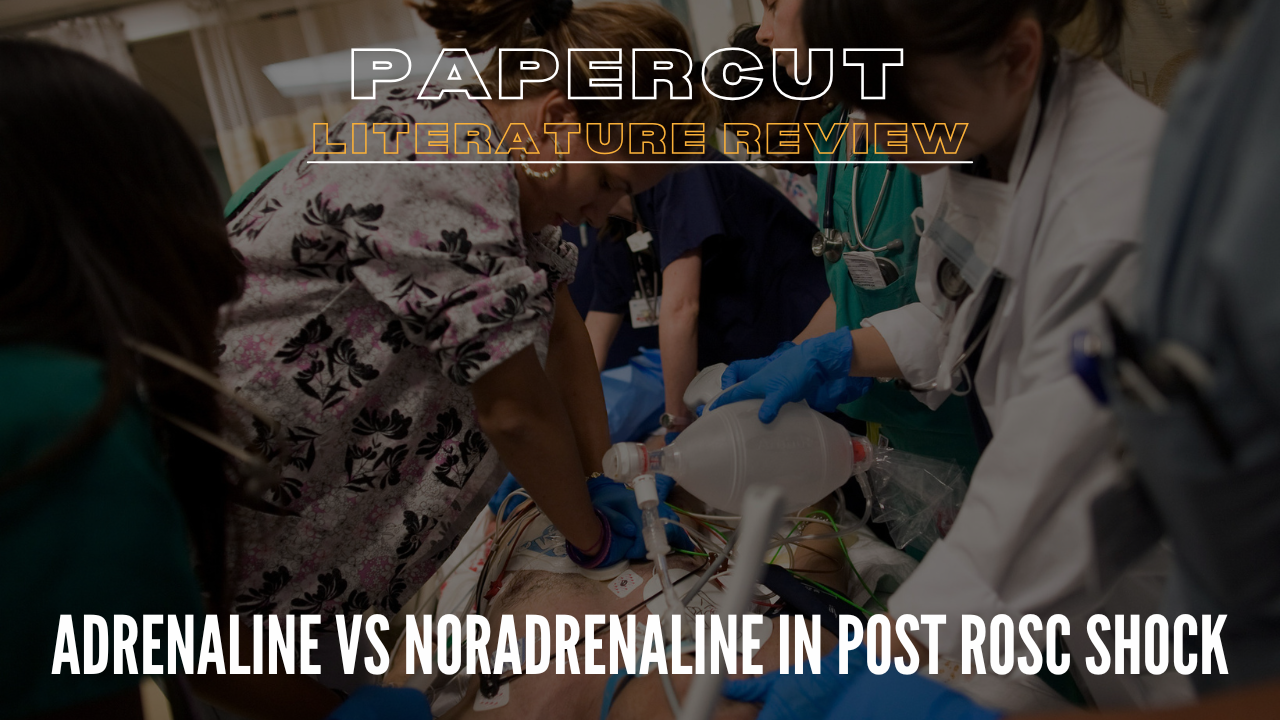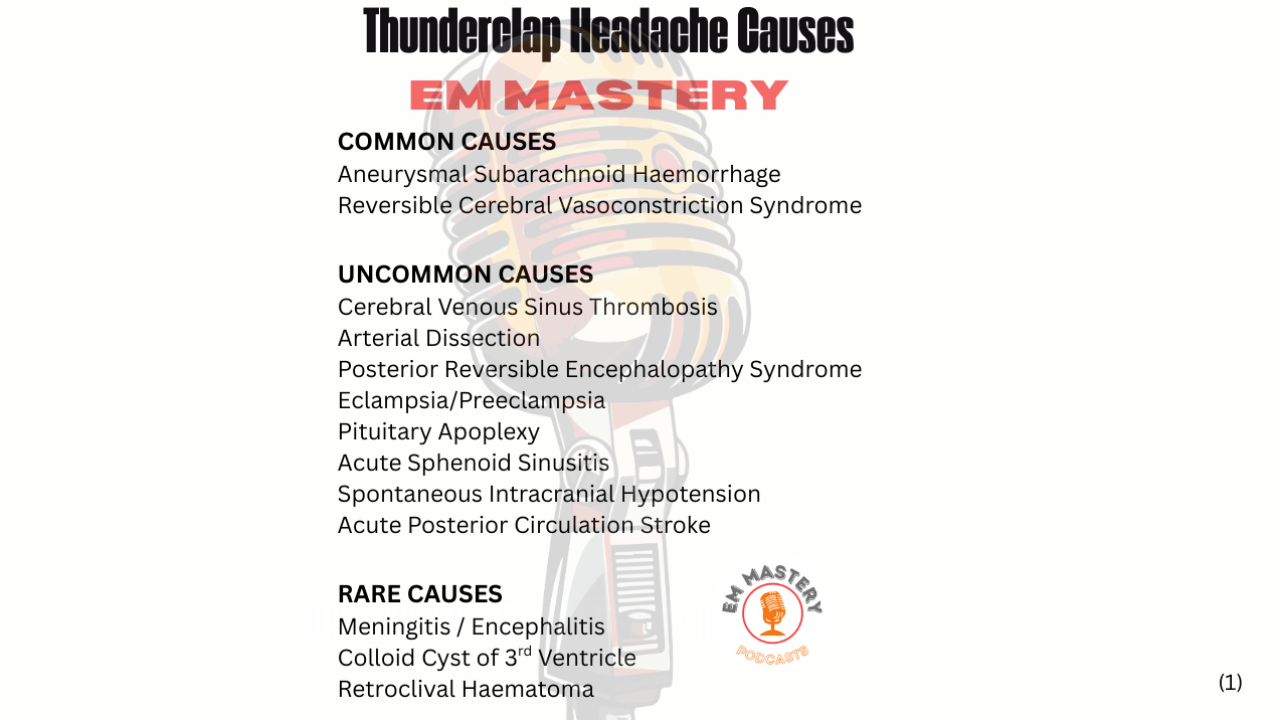
POCUS Pulse checks in cardiac arrest
Apr 03, 2024The pulse check has been an important part of the assessment of unresponsive patients. It may be the determining factor in making the decision to commence CPR. We know that pulse checks are associated with both false positives and false negatives. False negatives can result in potentially unnecessary CPR being performed and false positives, can result in CPR being withheld... potentially disastrous. It is for this reason that we don't do pulse checks now, but commence CPR in the unresponsive patient.
There are some situations when knowing if there is a pulse, or cardiac output is important. The pulse determines the difference between PEA and a shocked state.
In this paediatric study of patients undergoing cardiopulmonary bypass, they looked at performance of candidates in detecting a pulse. There was a false positive rate of 24%. That means that CPR may have been withheld in these cases.
Lets look at a study determining accurate of pulse detection.
Tibballs J et al. The influence of time on the accuracy of healthcare personnel to diagnose paediatric cardiac arrest by pulse palpation. Resuscitation 2010;81; 671-675
Question asked
They wanted to know the time that was spent in establishing if a pulse was present and how accurate the study participants were.
What they did
This was an Australian study conducted at the Royal Childrens’ Hospital in Melbourne.
N=154 healthcare personnel (83 Nurses and 71 doctors)
Pariticipants were asked to see if they could detect a brachial pulse in children.
The children were either receiving:
- Veno-arterial extracorporeal membrane oxygenation(ECMO) or
- Left ventricular assistance device.
What they found
The median time for all participants to decide if a pulse was present was 20 + 17s. More experienced doctors and nurses took less time.
In 24% of occasions a pulse was said to be present, when there was no pulse. In these cases CPR would have been withheld. In 21% of occasions the pulse was found to be absent, when it was in fact present.
What does this mean?
Manual pulse checks took a significant amount of time. That can mean a potential delay in CPR and even more concerning, withholding CPR when there was a false positive finding of a pulse.
Is there a better way to perform a pulse check, that is both rapid and reliable?
The paper below looks at this very topic.
Badra K et al The POCUS pulse check: A randomized controlled crossover study comparing pulse detection by palpation versus by point-of-care ultrasound. Resuscitation 2019;139:17-23. PMID: 30902687
The Question
To determine if POCUS pulse checks could be performed as quickly as manual pulse checks in live models.
What they did.
N = 111
Live models were used for this study.
Participants underwent ultrasound training, to be able to identify the carotid artery using B-mode Ultrasound with a 10-5 MHz linear transducer (Sonosite Edge) (Fujifilm Sonosite Inc., Bothell, WA) in the transverse plane of the neck.
Primary Outcome: Time to detection of pulse with ultrasound as compared to manual palpation.
What They Found
- The mean time to find the carotid pulse was similar with ultrasound vs manual palpation ( 4.22s vs 4.71s).
- Ultrasound allowed detection of the pulse on first attempt in more cases than with manual palpation (99.1% vs 85.6%)
My take on all of this
I believe that manual pulse checks should not be done.
It is important to train up on bedside ultrasound. A simple view of a pulsatile carotid with ultrasound tells us that there is a blood pressure (magnitude may be unknown). If this isn't present, then CPR should be commenced and cardiac ECHO check should be performed during the rhythm check.
If there is no pulse and no cardiac motion ie., asystole, this is a different patient type, to the patient with a pulse (or even no pulse) but cardiac motion. In this case it is not asystole and not PEA, but a severe shocked state. We know how to manage this.
Join Our Free email updates
Get breaking news articles right in your inbox. Never miss a new article.
We hate SPAM. We will never sell your information, for any reason.













